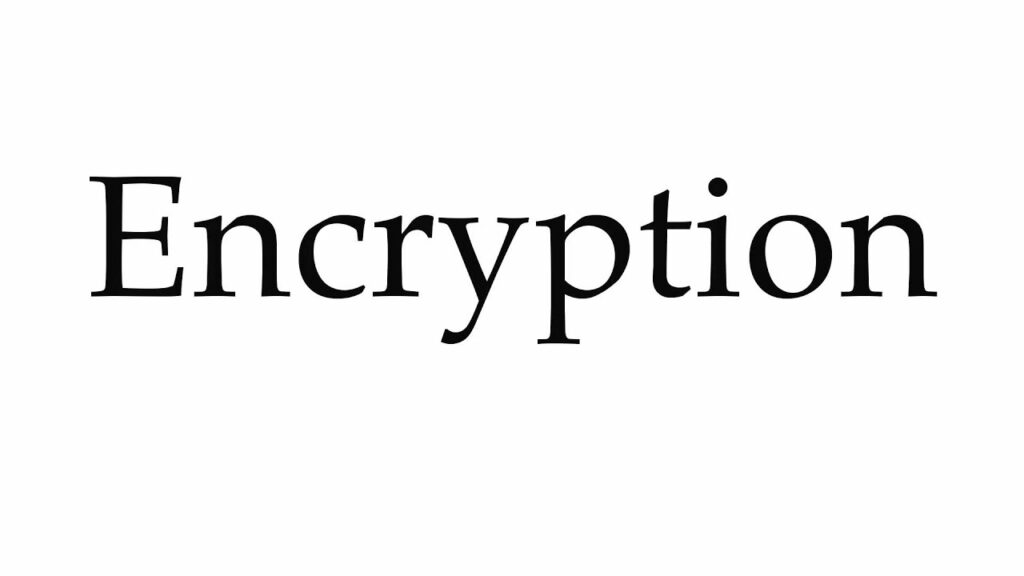As the world becomes increasingly digital, the need for secure communication has become more important than ever before. Many people rely on end-to-end encryption to keep their private conversations safe from prying eyes. But can this seemingly impenetrable technology be hacked?
End-to-end encryption is a security measure that ensures that only the sender and intended recipient of a message can access its contents. It’s used by popular messaging apps like WhatsApp, Signal, and Telegram to protect users’ privacy. While this technology has been praised for its security, some experts have raised concerns about its vulnerability to hacking. In this article, we’ll explore the different ways that end-to-end encryption can be hacked and whether it’s truly as secure as we think.
Can End-to-End Encryption be Hacked?
End-to-end encryption is a method of secure communication that scrambles messages and other sensitive data so that only the sender and the receiver can decrypt it. While end-to-end encryption is one of the most secure forms of communication available, that doesn’t mean it can’t be hacked. In this article, we’ll explore the different ways end-to-end encryption can be hacked.
Using a Key Logger
A key logger is a type of malware that records keystrokes, which can then be used to identify passwords, encryption keys, and other sensitive data. Once a hacker has access to the encryption key, they can decrypt the data and access the information it contains. To protect against key loggers, it’s important to use strong passwords, keep your computer updated with the latest security patches, and install anti-malware software.
Another way to protect against key loggers is to use two-factor authentication, which requires an additional form of authentication beyond a password. This can be a code sent via text message or a physical device such as a USB key.
Social Engineering
Social engineering is a type of attack that relies on manipulating people into revealing sensitive information. Attackers may use phishing emails, phone calls, or even in-person conversations to try and get people to reveal their passwords, encryption keys, and other confidential data. Social engineering attacks can be particularly effective because they rely on tricking people into revealing information rather than exploiting a vulnerability in the system.
To protect against social engineering, it’s important to be aware of the common tactics used by attackers. It’s also important to have policies in place that limit access to sensitive information and to educate employees about the dangers of phishing emails, phone calls, and other social engineering tactics.
Frequently Asked Questions About Can End to End Encryption Be Hacked
End to end encryption is a way of sending data that ensures that only the sender and receiver of the message can view its content. It is a secure form of communication that is increasingly being used by organizations and individuals alike. In this article, we will explore the question of whether end to end encryption can be hacked.
Can End to End Encryption Be Hacked?
End to end encryption is designed to be secure, and as such, it is very difficult to hack. However, it is not impossible. Attackers can use various techniques to try to break the encryption, such as trying to guess the encryption key or exploiting vulnerabilities in the system. It is also possible for attackers to intercept messages and try to decrypt them.
To protect against these types of attacks, organizations and individuals should use strong and up-to-date encryption protocols and regularly update their systems and encryption keys. Additionally, they should be aware of the latest techniques and methods that attackers are using to try to break encryption and take steps to protect against them.
How Encryption Works – and How It Can Be Bypassed
In conclusion, end-to-end encryption is a powerful tool for keeping our messages and data secure. It ensures that only the intended recipient can access our information, and not even the service provider can read our messages. However, no system is entirely foolproof, and there is always the possibility of hacking attempts by cybercriminals or state-sponsored entities.
Despite the potential risk, end-to-end encryption is still the best option for protecting our privacy and security online. As users, we must remain vigilant and take necessary precautions to safeguard our data, such as using strong passwords and keeping our devices up-to-date with the latest security patches. Ultimately, the benefits of end-to-end encryption far outweigh the risks, and we should continue to embrace this technology as a critical component of our digital lives.


